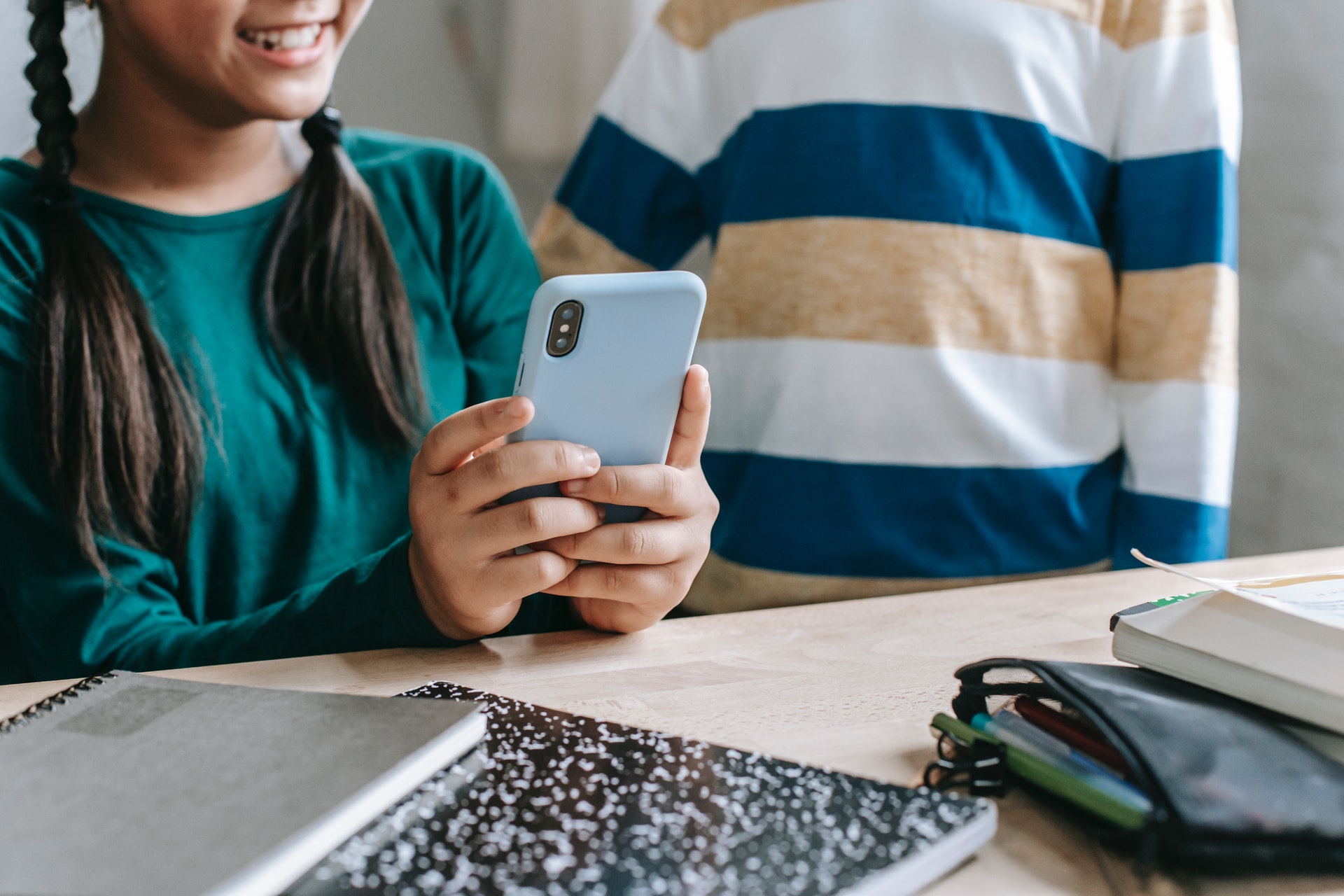Albeit teachers frequently prohibit mobiles in physical classrooms to avoid distractions, the device’s use among learners is likely more pervasive than anticipated: A survey of 1,500 learners found that almost 80 percent do most, or even all, of their coursework on their phones. Students use their phones to access reading materials, communicate with educators, conduct research and access learning management systems (LSMs). Learners report writing assignments and essays directly on their smartphone, suggesting the device can replace PCs, laptops and tablets in many contexts.
So, what is the potential for using smartphones to aid online teaching as part of distance learning?
Smartphones, even the most affordable, offer a wonderland of features and functionality. Of interest to online educators and learners are:
Smartphones are more than capable of performing several vital functions required for virtual teaching and learning. How can they best be utilized to enhance online education?
BigBlueButton follows a “mobile first” design: the interface was first optimized for the mobile devices and then for the desktop. The result is your students don’t need to install any mobile application: BigBlueButton runs within the mobile browser and is compatible with Android version 6.0+ and iOS version 12.2+ Many of the mobile apps from the popular learning management systems (such as Canvas, Schoology, and Moodle) can launch directly into a BigBlueButton session.
As a creative educator, here are ways your students can use their smartphone to participate in your class:
For mobile students, all features are available as on the desktop version except for mobile screen sharing: mobile users can still see the instructor’s screen, but not share their mobile screen.)
It’s likely that every student has a smartphone, and thus every student has the ability to participate and collaborate in your online classes. Students have more flexibility to participate in your class, and you have the ability to engage with students wherever they may be located.

BigBlueButton is an education-specific, open-source virtual classroom that is natively integrated by over 75% of the world’s learning management systems including Moodle, Canvas, Sakai, D2L, Jenzabar, and Schoology.
BigBlueButton focuses on empowering teachers to engage remote students for effective online learning. This is a result of collaboration with educators world-wide over the project’s 10+ years of development. Our goal is to enable every student to have a high-quality online learning experience.
BigBlueButton is localized into over 55 languages, supports LTI 1.1, and is commercially supported by companies around the world. For more information on BigBlueButton and how to leverage it for online teaching at your organization, visit bigbluebutton.org/.